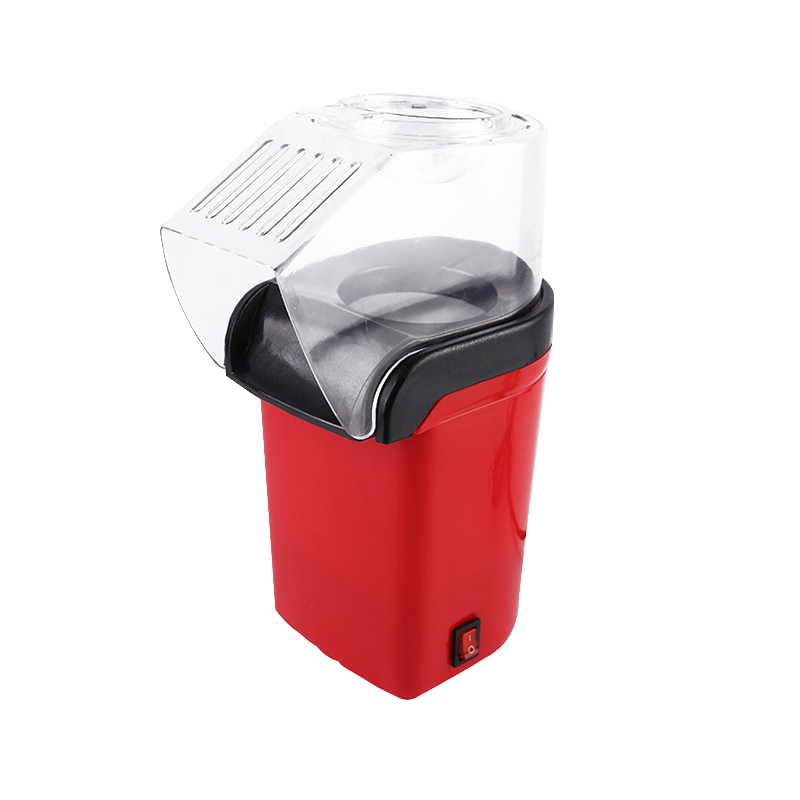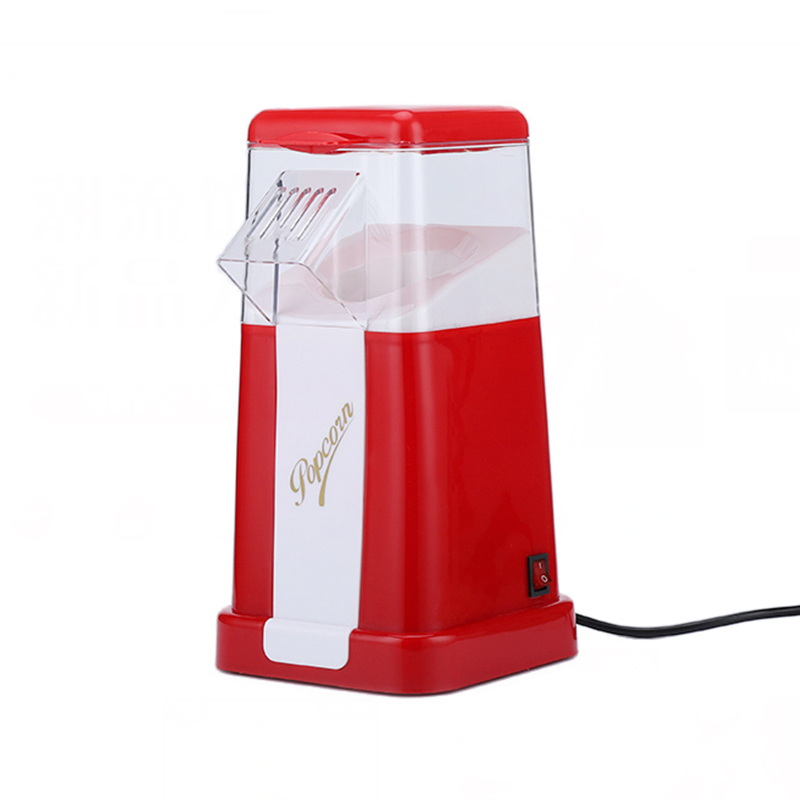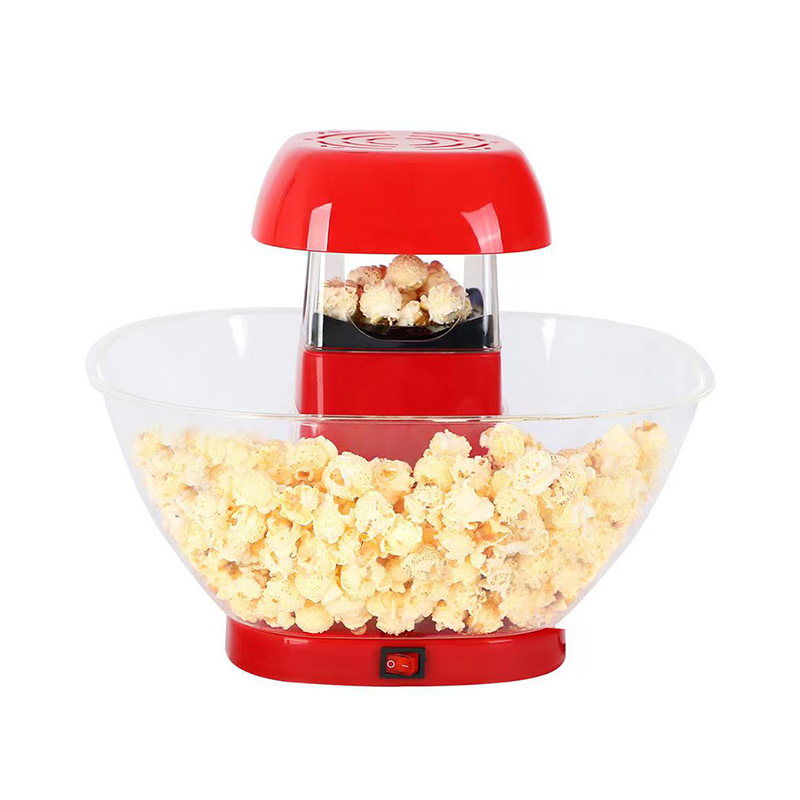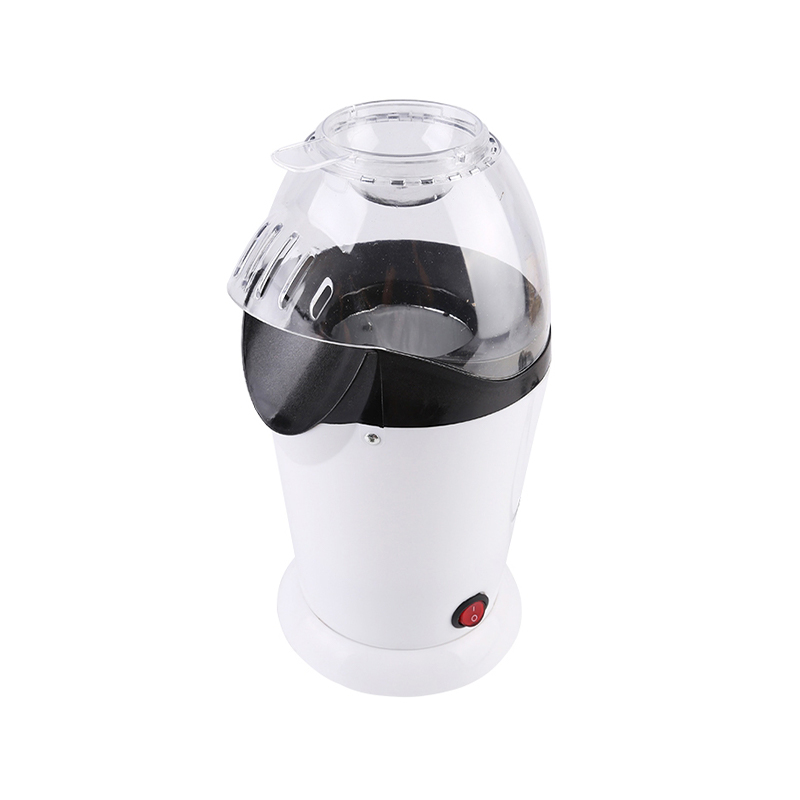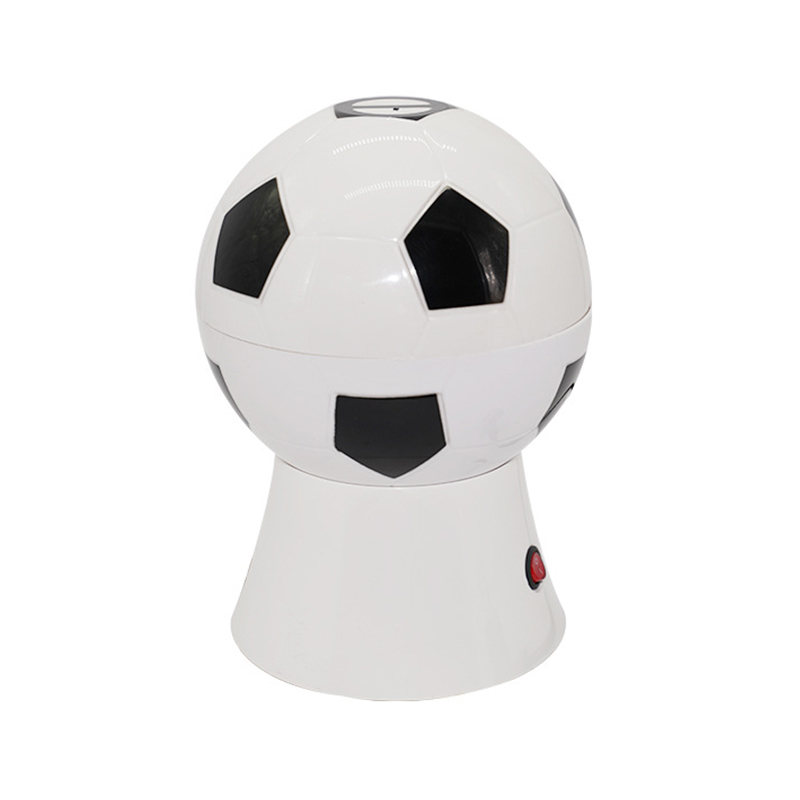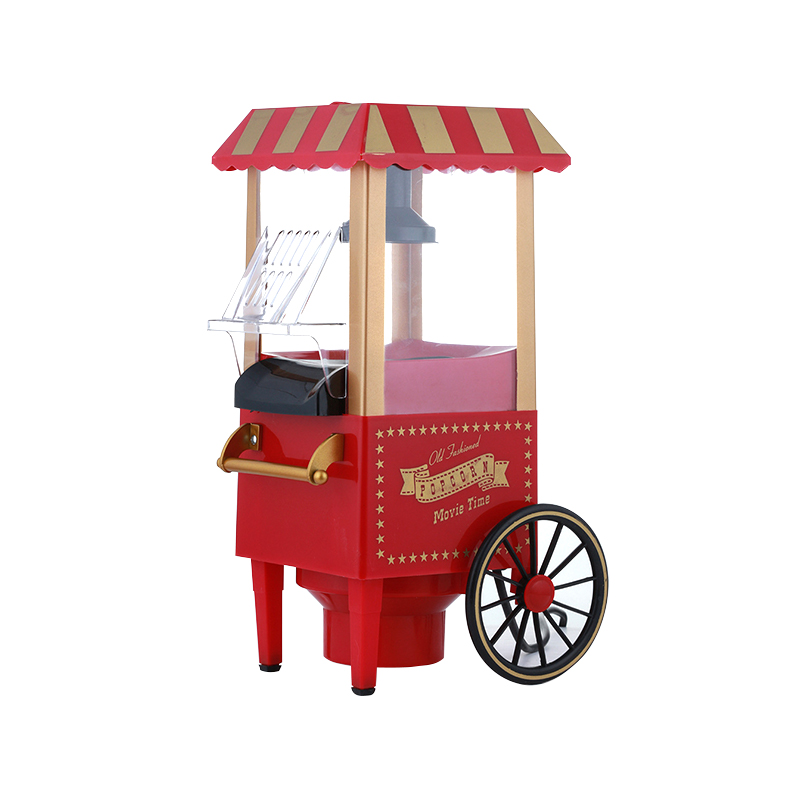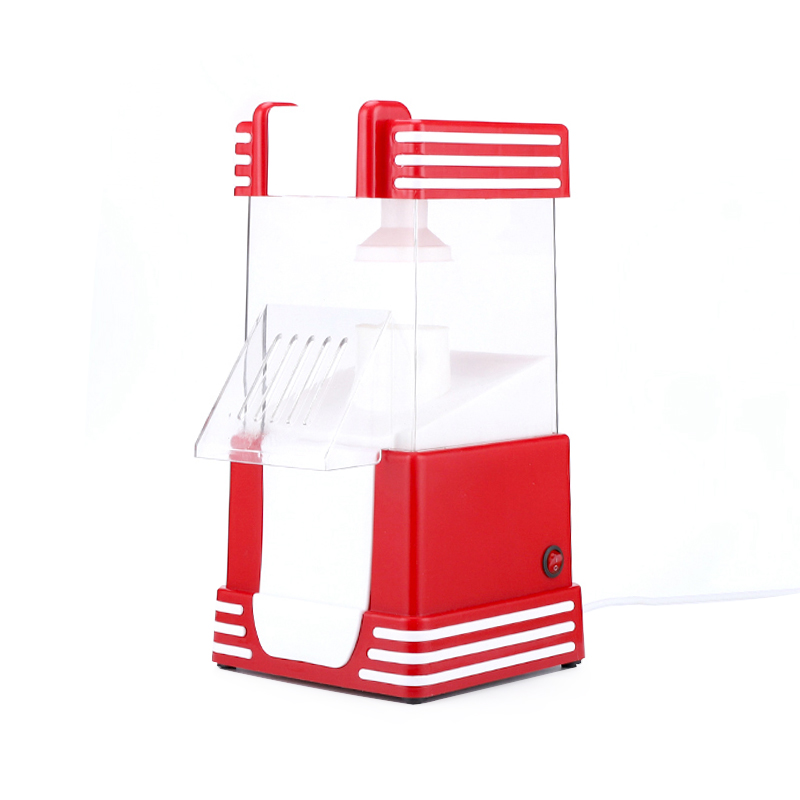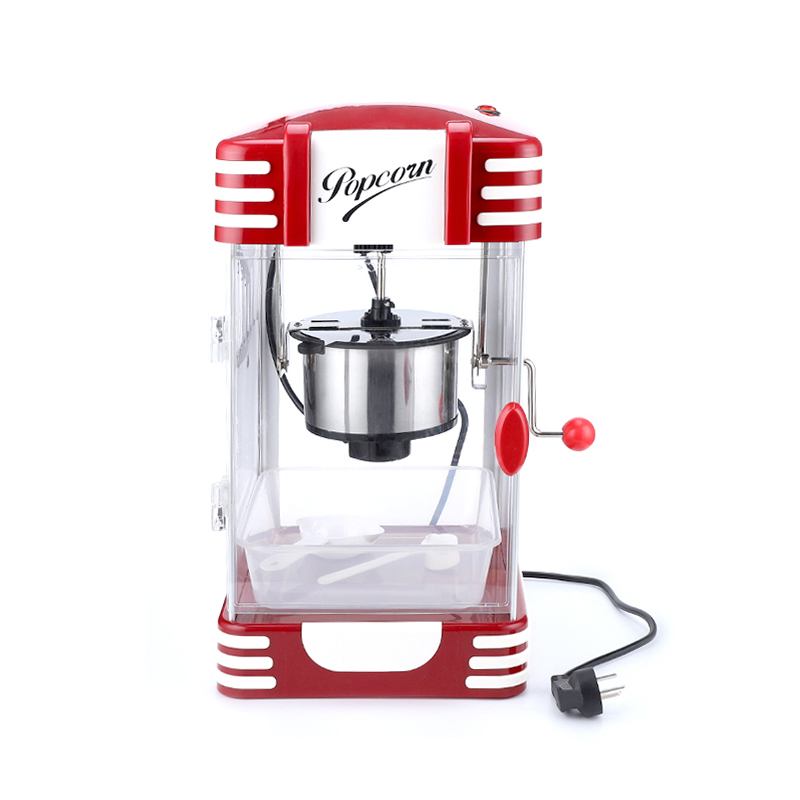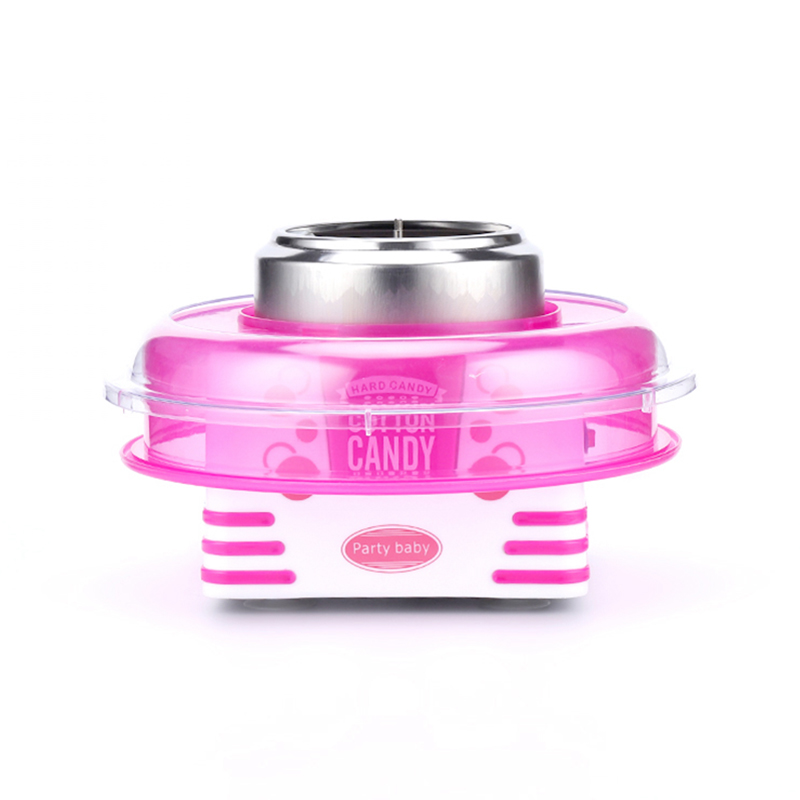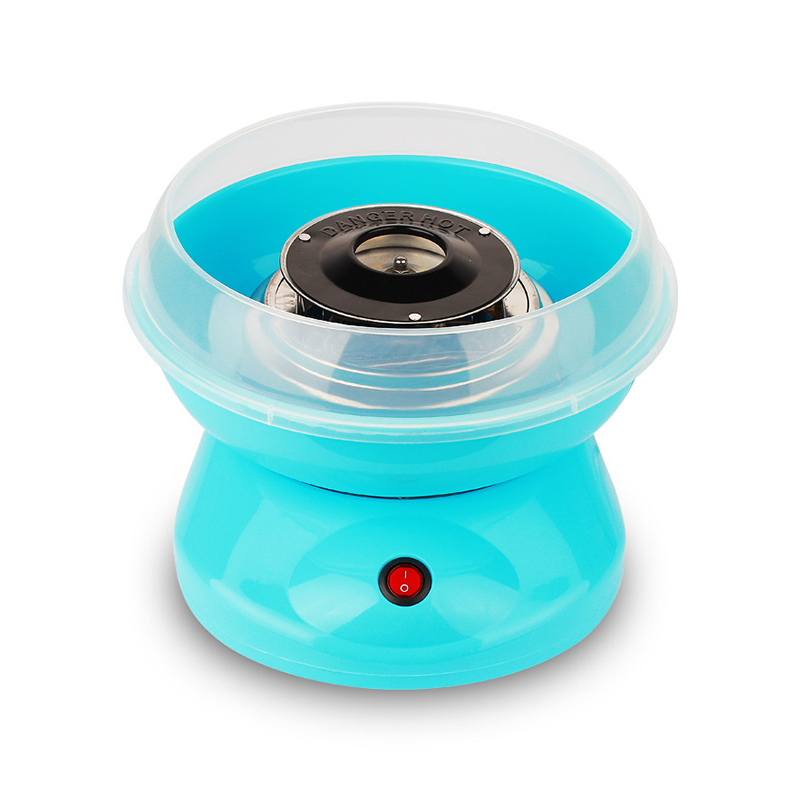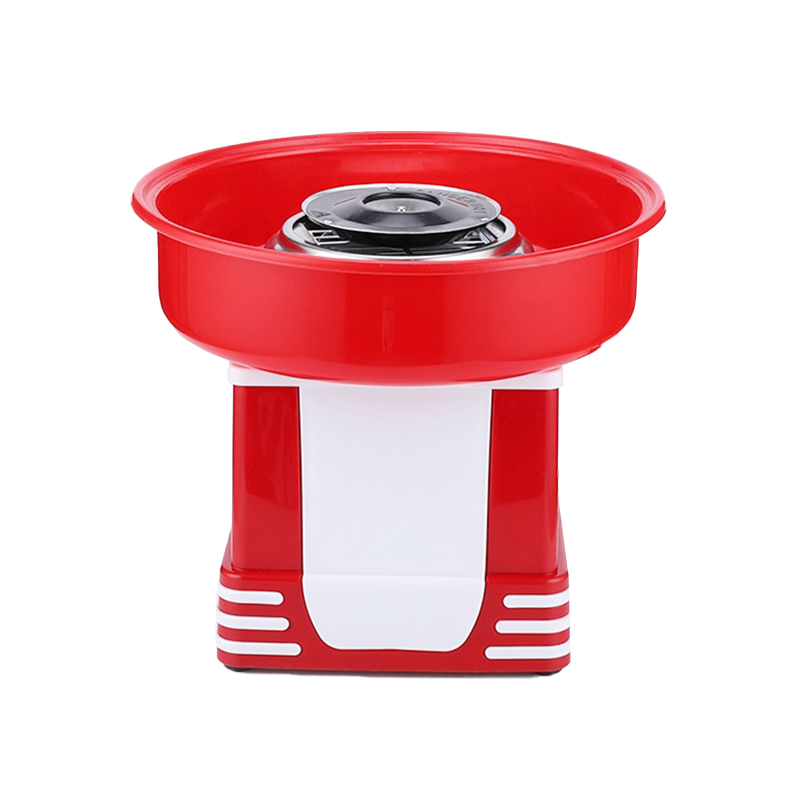Among modern pet supplies, electric pet water fountains have gradually become a common device for pet-raising families because they can continuously circulate water sources and keep water fresh. One of the design points that has received widespread attention is whether the sound control effect during operation meets the requirements of pet comfort. For animals with keen hearing, such as cats and dogs, noise not only affects their willingness to drink water, but may also cause long-term stress reactions. .
Pets are much more sensitive to sound than humans, especially in a quiet environment. The noise of a continuously running water pump or motor often causes trouble to pets. Some pets even refuse to approach the water fountain because the equipment is too loud, which ultimately affects their daily water intake and poses a hidden danger to their health. When designing an electric pet water fountain, engineers usually use a variety of means to control noise so that the sound emitted during operation is maintained within the acceptable range for animals.
Silent design is generally carried out from multiple dimensions such as structural sound insulation, water pump selection, shock absorption and buffering, and fluid path optimization. In terms of structure, a common practice is to add anti-resonance support pads, reduce the vibration transmission of motors or pumps through shock-absorbing foot pads, flexible connecting pipes, etc., and reduce the resonance of the equipment on the desktop or ground. In terms of core component selection, some products use brushless DC water pumps instead of traditional pumps. Such pumps run more smoothly, make less noise, and have a longer lifespan due to the lack of metal friction structures inside.
The design of the water flow path also has a direct impact on the sound. Some water dispensers set up buffer zones in the trough or outlet to reduce the sound caused by the impact of water splashes by slowing down the flow. At the same time, by reasonably designing the ratio between the water level line and the height of the pump body, the "empty" pump suction phenomenon can be avoided, thereby preventing the howling or vibration sound caused by the low water level.
The judgment of silent performance usually requires real testing in a simulated home environment. For example, observing the reaction behavior of pets during quiet periods such as night or early morning is a direct way to judge whether the sound of the device is too loud. Some products will also be specially adjusted for the night operation mode, so that the device can maintain circulation in a low-noise state, which will neither affect the pet's drinking water nor disturb the owner's sleep.
For manufacturers, whether they have the ability to optimize silence reflects their concern for the welfare of pets. Silence is not only a technical challenge, but also a deep consideration of product experience. By continuously optimizing the structure, selecting low-noise materials, adjusting the circuit frequency, and strengthening the sound reduction structure, the equipment can remain quiet during operation, allowing pets to drink water freely in an environment without any sense of oppression.




